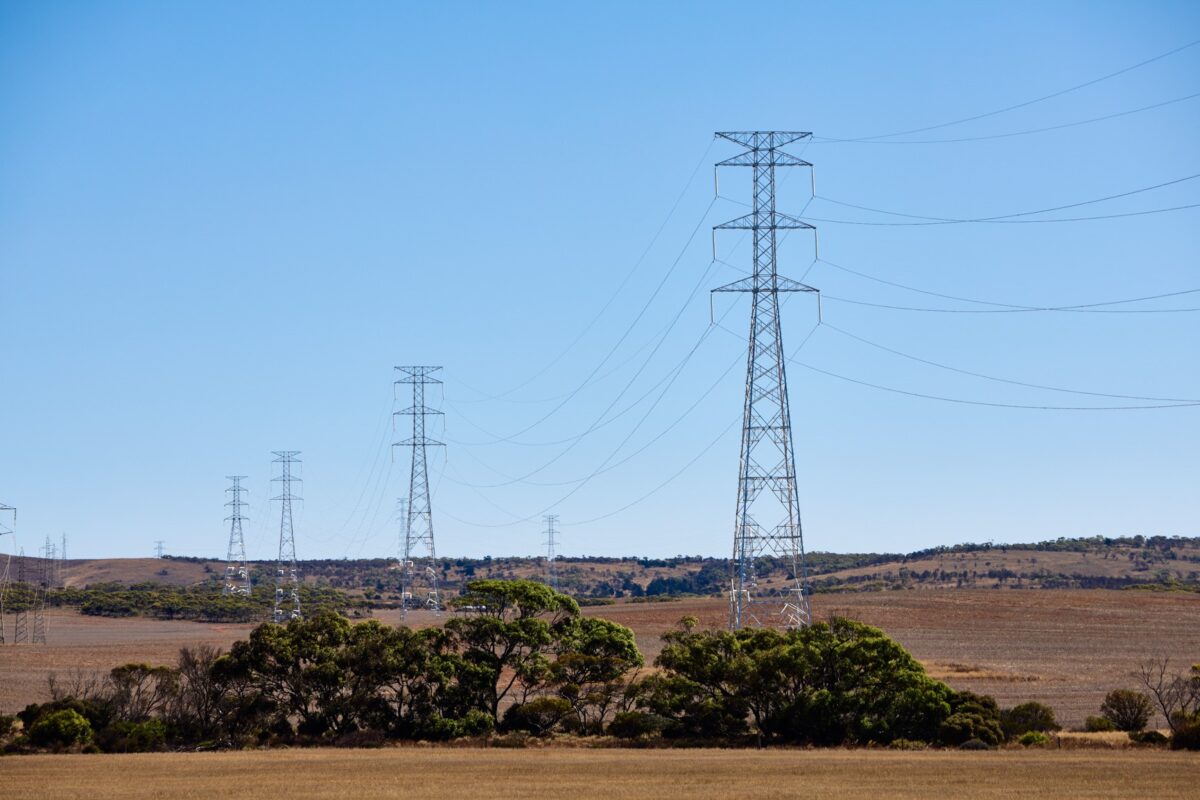Researchers at the University of Adelaide have proposed a new interconnector with a capacity of up to 1.8 GW between the eastern and western Australian grids to help address the intermittency and inflexibility challenges associated with the variability of renewable energy generation including utility scale solar and wind.
The increasing penetration of variable renewable energy (VRE) sources in Australia’s eastern National Electricity Market (NEM) and western Wholesale Electricity Market (WEM) grids is a significant technical challenge as operators seek to maintain grid stability.
The deployment of energy storage systems (ESS) including big batteries and pumped hydro is expected to play a crucial role in ensuring a balance between supply and demand. The expansion of transmission networks can also assist in addressing the demand-supply balancing problem caused by variability in power.
The University of Adelaide research team said the expansion of transmission infrastructure will reduce the need for energy storage and lower investment costs, allowing energy transfer over a large geographic area with relatively low losses.
“Both transmission and storage provide flexibility to the power grid, with the former shifting supply spatially and the latter shifting it in time temporally,” the researchers said.
The team is now proposing a new ‘multi-timescale interconnector’ linking the NEM and WEM to take advantage of the time difference between the two regions.
“While the sun sets in eastern regions, the solar panels in Western Australia (WA) may be able to provide for the evening peaks on the eastern seaboard, and similarly … the eastern states midmorning solar generation could provide for early morning peaks in WA,” the researchers said.
“The interconnector, therefore, could provide an opportunity to manage the load and generation in an improved manner besides offering a path for exploiting all the solar and wind resources across the resulting energy corridor from South Australia to WA.”
Achieving a fully renewable electricity sector in Australia requires a significant expansion of generation and storage infrastructure, with the Australian Energy Market Operator (AEMO) estimating 45 GW of energy storage capacity will be required by 2050 to meet a doubling in demand for a renewable penetration of 97%.
The researchers said the proposed NEM-WEM interconnector, with a capacity of 1.4 GW to 1.8 GW, would offer cost savings by reducing generation and storage requirements and alleviating curtailment and other storage-associated losses while offering greater grid flexibility.
The team’s findings, published in the journal PNAS Nexus, estimate that interconnecting the two grids via high-voltage direct current would deliver $1.9 billion in savings, and alleviate the need for 1 GW of generation and 500 MW of battery storage.
“Our findings demonstrate that the proposed interconnector offers a cost-effective solution, reducing generation and storage power capacity needs by 6% and 14%, respectively, resulting in 4% savings on overall investment costs.”
The study assessed generation data from 100 utility solar and wind projects in the NEM and 16 generators in the WEM, sampled at 30-minute intervals throughout 2021. It also assessed data from 18 energy storage systems, including battery, pumped hydro and power-to-gas-to-power, across six regions.
This content is protected by copyright and may not be reused. If you want to cooperate with us and would like to reuse some of our content, please contact: editors@pv-magazine.com.









45 GW of energy storage capacity – should this be GWh?
The figure is 45 GW charging capacity – the paper does not identify the discharge capacity.